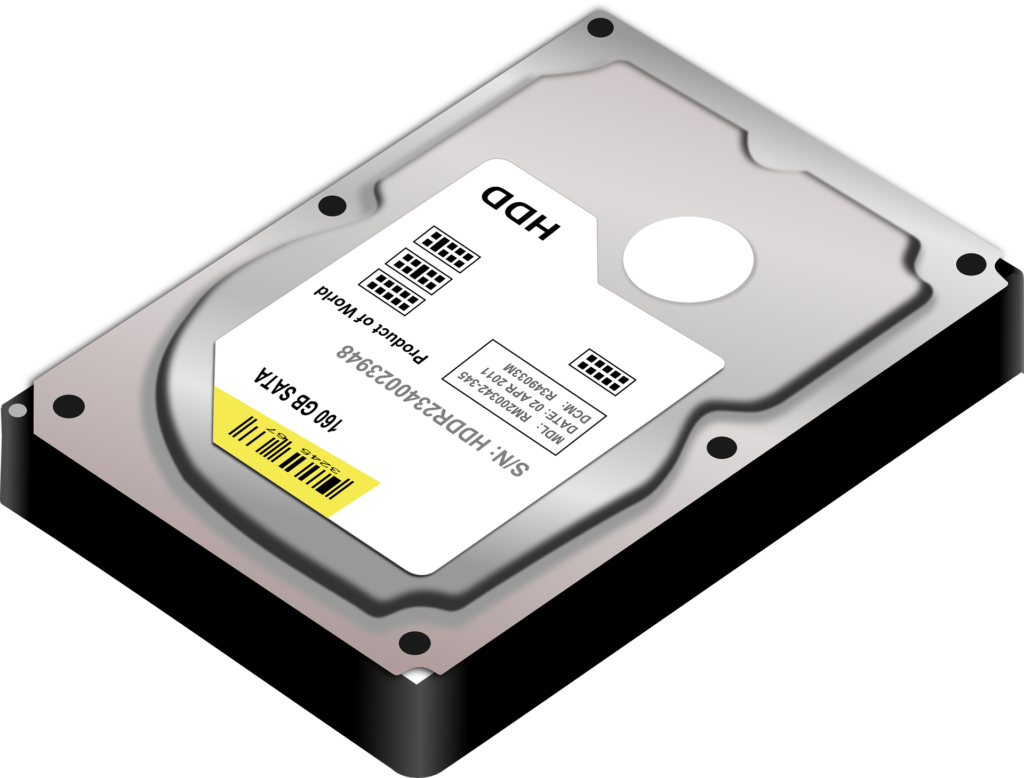Understanding Storage
Understanding Storage Bias Description, Types, and Exemplifications In the realm of computing, storehouse bias plays a vital part in conserving and penetrating data. From the simplest USB flash drives to complex pall storehouse systems, these biases come in colorful forms and capacities, feeding different requirements and operations.
What’s a Storage Device?
A storehouse device is a tackle element that stores data persistently and allows druggies to recoup it when demanded. It serves as a depository for digital information, ranging from textbook lines and images to software operations and multimedia content. The primary function of a storehouse device is to retain data indeed when the power is turned off, distinguishing it from unpredictable memory like RAM, which loses its contents when the power is out.
Types of Computer Memory
Computer memory is distributed into two main types unpredictable and non-volatile memory.
Unpredictable memory, similar to Random Access Memory( RAM), temporarily stores data while the computer is running but loses its contents when the power is turned off.
Non-volatile memory, on the other hand, retains data indeed when the power is out. exemplifications include Read- Only Memory( ROM) and flash memory.
Types of Computer Storage Bias Computer storehouse bias encompasses a wide range of technologies, each with its unique characteristics and operations
Hard Fragment Drives( HDDs)
HDDs use rotating disks carpeted with glamorous material to store data. They offer high capacities and are generally used in desktop computers and waiters. HDDs are known for their cost-effectiveness in terms of storehouse capacity per bone but are fairly slower compared to SSDs.
Solid State Drives( SSDs)
SSDs use flash memory to store data, offering brisk read and write pets compared to HDDs. They’re popular in laptops, ultrabooks, and data centers where performance is critical. SSDs are known for their trustability, continuity, and energy effectiveness.
USB Flash Drives
Also known as thumb drives or memory sticks, USB flash drives are movable storehouse biases that connect to computers via USB anchorages. They’re accessible for transferring lines between bias and serving as a provisory storehouse. USB flash drives come in colorful capacities, ranging from many gigabytes to several terabytes.
Memory Cards Memory
Cards, similar to Secure Digital( SD) cards and CompactFlash cards, are generally used in digital cameras, smartphones, and other movable biases to store prints, videos, and other multimedia content. Memory cards offer high storehouse consistency in a compact form factor, making them ideal for mobile bias with limited internal storehouses.
Cloud Storage
Cloud storehouse services allow druggies to store and access data over the internet. Providers like Google Drive, Dropbox, and Microsoft OneDrive offer scalable storehouse results with features similar to train synchronization and remote access. pall storehouse eliminates the need for physical storehouse tackle and provides inflexibility in penetrating data from any device with an internet connection. Characteristics of Computer Storage Bias Computer storehouse bias vary in terms of capacity, speed, trustability, and cost. HDDs generally offer advanced capacities at lower costs but are slower and further susceptible to mechanical failures compared to SSDs. SSDs, while brisk and more durable, tend to be more precious per gigabyte of storehouse. USB flash drives and memory cards offer portability and convenience but may have limited capacities compared to HDDs and SSDs. pall storehouse provides nearly unlimited scalability and availability but relies on internet connectivity and may be subject to security and sequestration enterprises.
Is Online Cloud Storage a Device?
While online pall storehouse services aren’t physically biased in the traditional sense, they serve as virtual storehouse bias accessible over the internet. druggies can upload, download, and manage lines stored in the pall using web cybersurfers or devoted software operations. thus, while not a traditional storehouse device, an online pall storehouse serves the same purpose of storing and reacquiring data.
Conclusion
In conclusion, storehouse biases are essential factors of ultramodern computing systems, enabling druggies to store, organize, and access vast quantities of data. Understanding the different types and characteristics of storehouse bias allows individualities and associations to make informed opinions when opting for storehouse results for their requirements. For further perceptivity into storehouse bias and related motifs, you can explore papers like What’s a Storage Device? description, Types, exemplification, or by visiting this site:
https://www.geeksforgeeks.org/what-is-a-storage-device-definition-types-examples/
For more articles visit here:https://www.thefuntech.com/blog-posts/


